Description
HOFer Syl Apps was a star. He was Rookie-of-the-Year in 1937 when he led the league in assist and was runner-up for the scoring title. He finished second in scoring the following season and earned a second-team all-star honors. Overall, he was in the top-5 voting for MVP five consecutive seasons, finishing as runner-up three of those years. He was top-5 Lady Byng six times, winning it in 1942 and finishing second twice. He was a two-time first-team all-star (three-time second team) and a three-time Stanley Cup winner. He missed two years in his prime to serve in the Canadian military during World War II, won the gold medal at the 1934 British Empire Games in the pole vault competition, and represented Canada at the 1936 Olympics in Berlin, where he placed sixth in the pole vault event. He was also a politician who served in the Ontario Provincial Parliament.
PSA Pop: 1 of 2, 18 higher, of 29 total.
Graded 4 VG-EX by PSA
*click on images to view hi-rez
Quaker Oats: Parkhurst made this mirror set for food company Quaker Oats which included the hockey cards as a premium in a variety of their products. They are the same as regular Parkies on the front, but the backs feature green ink (regular Parkies had red ink) and included the details of the Quaker contest. There is no mention of Parkhurst. Since the set was meant to be collected in its entirety and exchanged for “valuable prizes”, a few high-profile cards were notoriously short printed (Harry Lumley, Maurice Richard and King Clancy) to rig it so very few prizes were ever awarded.
Looking at PSA populations, you can get a good idea of the scarcity of this set. There is, as of this writing, but 2,298 “green backs” in the PSA database compared to over 9,000 for the regular Parkie set. The next lowest set between Topps and Parkhurst is the 1966 Topps “test” set, which shows approximately 3,800 cards. Of the general sets issued, the 1958 Parkhurst set (approx. 7,000), 1958 Topps set (approx. 7,300) and the 1957 Parkhurst set (approx. 7,500) have the next lowest PSA populations. It may surprise some to learn the most plentiful set from the era is the 1951 Parkhurst set, which has approx. 28,000 cards in the database, followed by Topps inaugural 1954 set at approx. 18,500. In terms of raw numbers, the data is pretty clear.

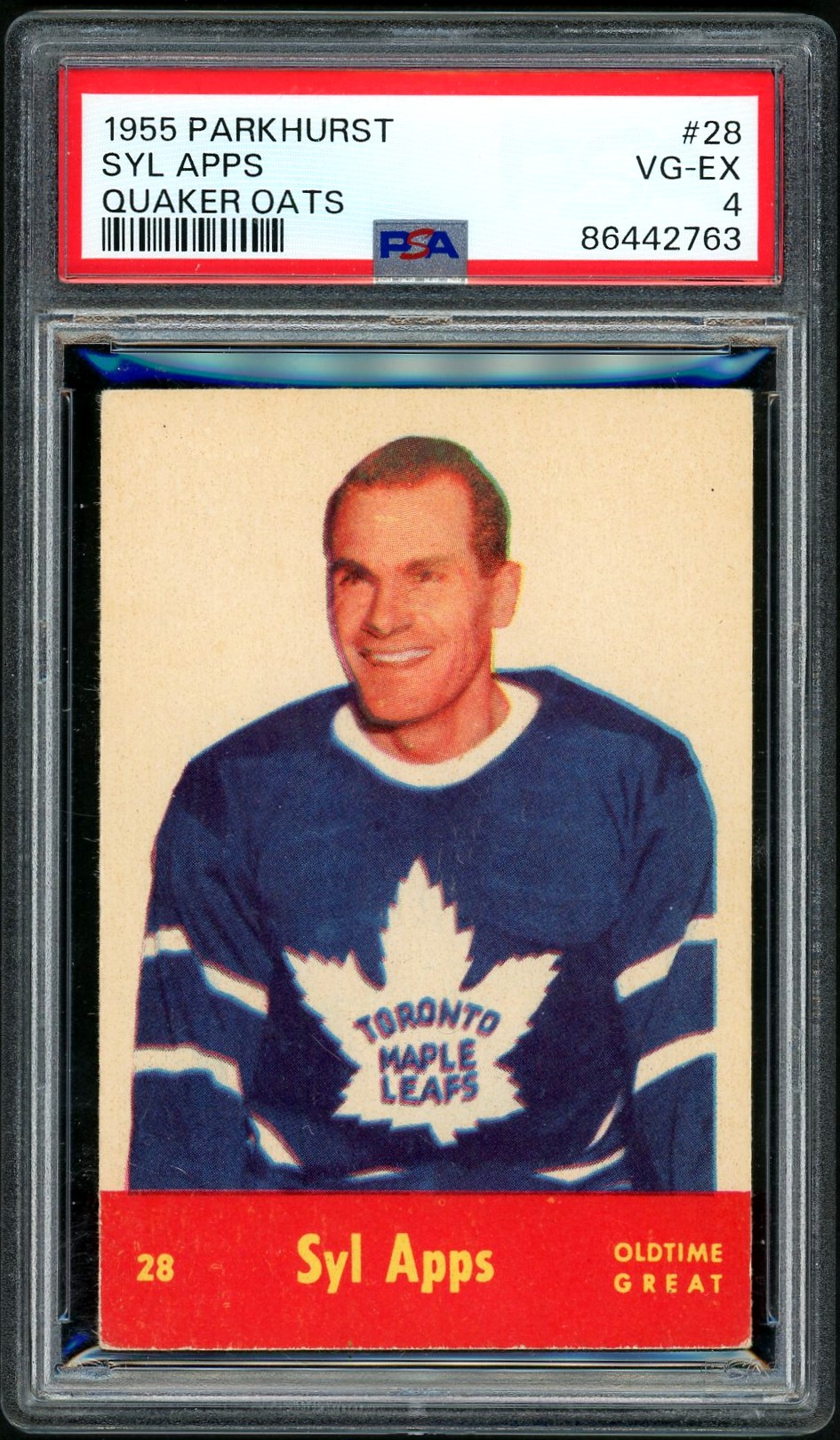
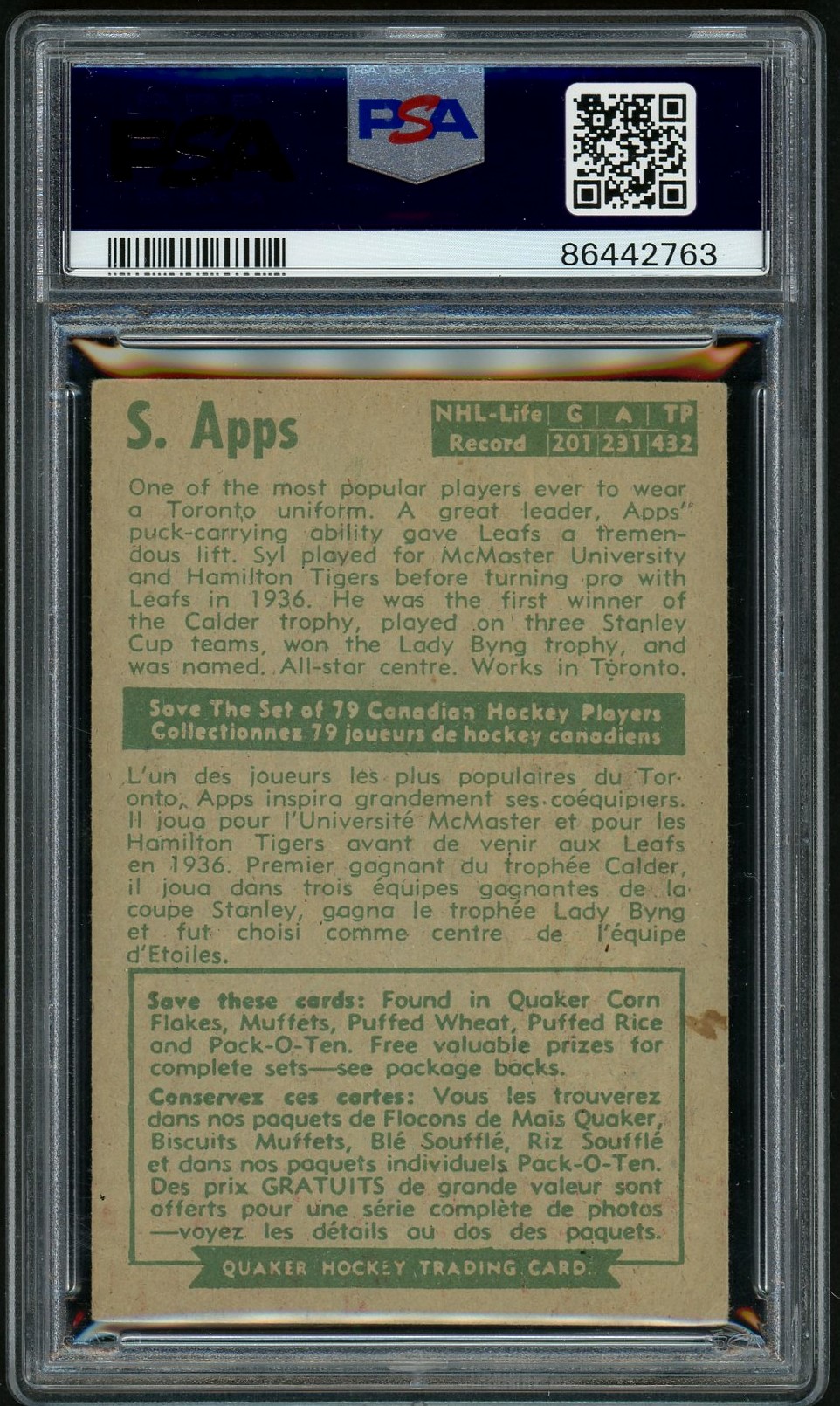

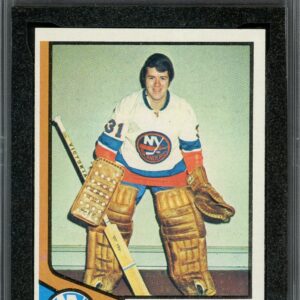
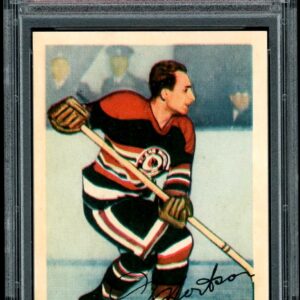
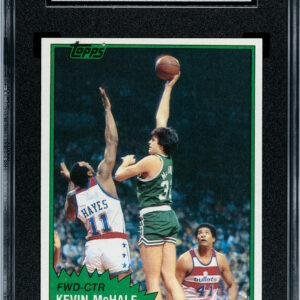
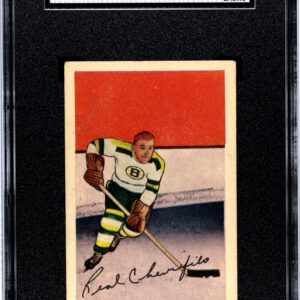
Reviews
There are no reviews yet.